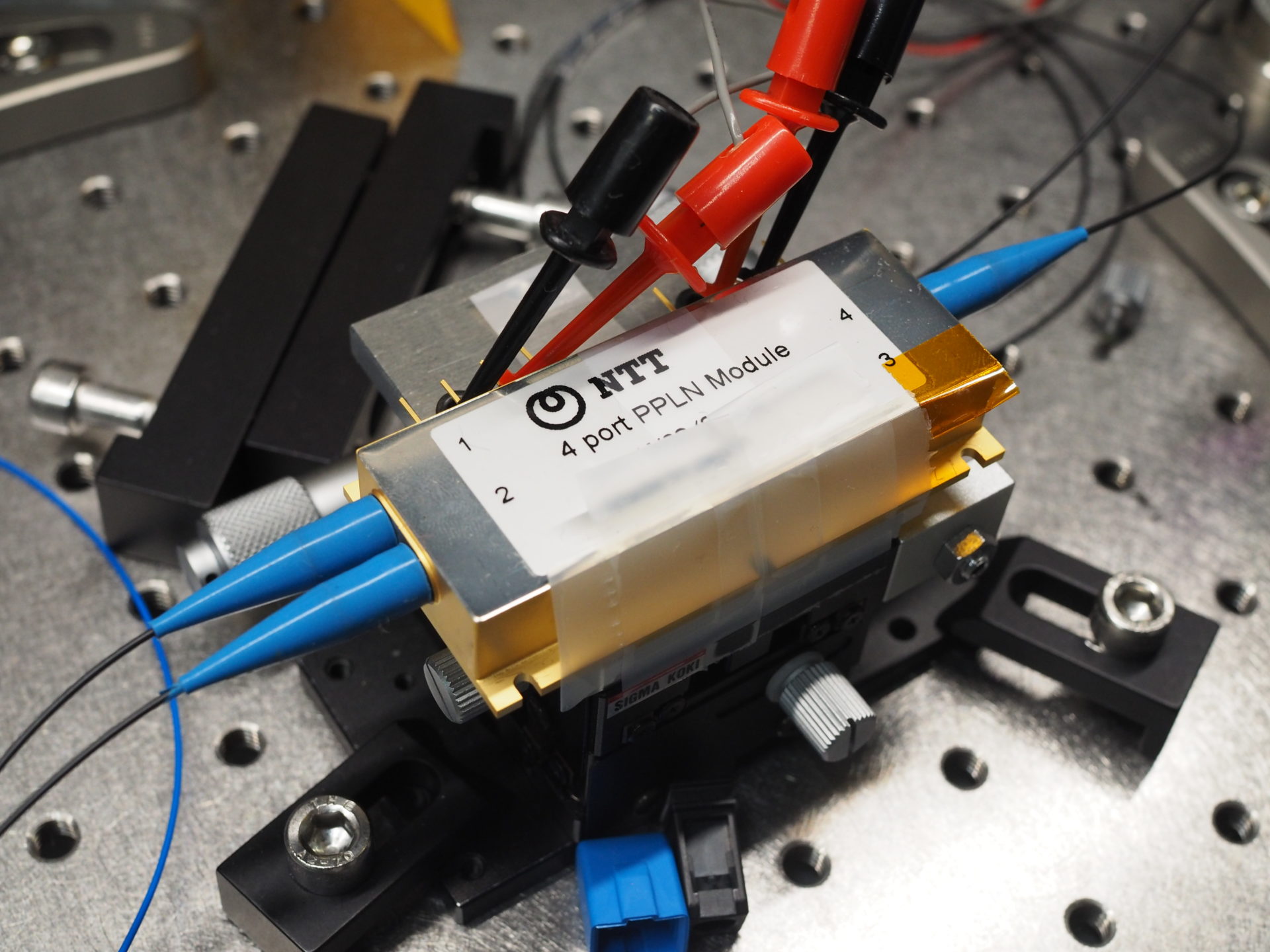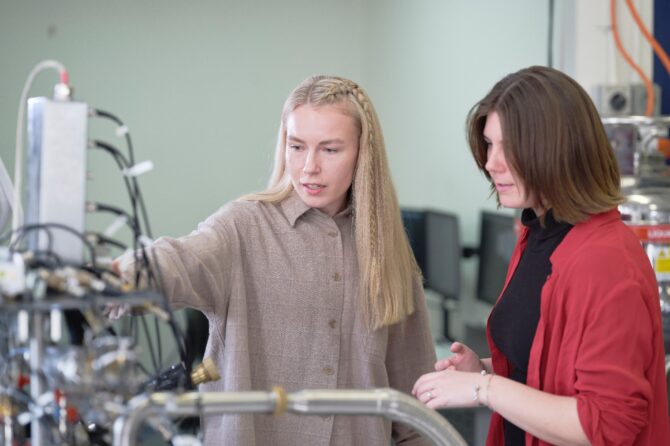Researchers at MIT EQuS Group have worked on the deterministic generation of a spatially entangled, two-photon N00N state with high fidelity using superconducting qubits in a waveguide QED architecture.
Realizing a fully connected network of quantum processors requires the ability to distribute quantum entanglement. For distant processing nodes, this can be achieved by generating, routing, and capturing spatially entangled itinerant photons.
The team has demonstrated the deterministic generation of such photons using superconducting transmon qubits that are directly coupled to a waveguide. In particular, they have generated two-photon N00N states and show that the state and spatial entanglement of the emitted photons are tunable via the qubit frequencies. Using quadrature amplitude detection, they have reconstructed the moments and correlations of the photonic modes and demonstrate state preparation fidelities of 84%.
These results provide a path toward realizing quantum communication and teleportation protocols using itinerant photons generated by quantum interference within a waveguide quantum electrodynamics architecture.
The work has been published in Science Advances.




